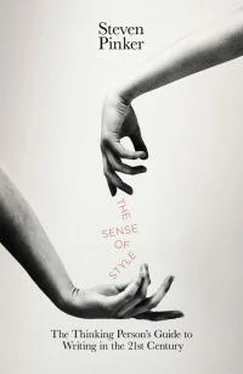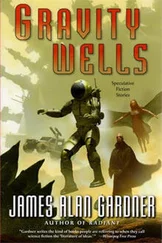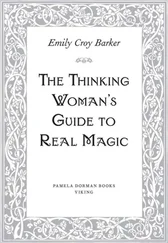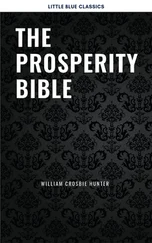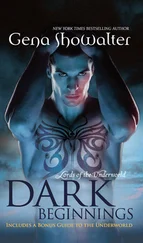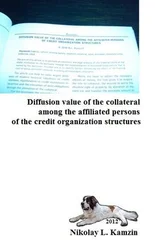This is all quite fascinating, but over the next six pages the paragraphs jump around between descriptions of the Cossacks’ way of war and still more exegesis of Clausewitz. Like the “we” of the second paragraph, who supposedly see plenty of violence while denying its importance, the hapless “Clausewitz” character in this narrative shows plenty of awareness of the Cossacks’ cruel and cowardly ways, but, according to Keegan, he still failed to come to grips with them. Once again the bulk of the verbiage pushes in one direction while the content of the author’s argument pushes in the other. Keegan concludes the section:
It is at the cultural level that Clausewitz’s answer to his question, What is war?, is defective. … Clausewitz was a man of his times, a child of the Enlightenment, a contemporary of the German Romantics, an intellectual, a practical reformer. … Had his mind been furnished with just one extra intellectual dimension … he might have been able to perceive that war embraces much more than politics: that it is always an expression of culture, often a determinant of cultural forms, in some societies the culture itself. 29
Now, wait a minute! Didn’t Keegan tell us in the second paragraph that the problem with Clausewitz and his heirs is that they all put too much stock in culture? Didn’t he say that it’s our culture which allows us to believe that violence is an aberration, and that the primitive warfare we choose to ignore is a manifestation of nature, biology, and instinct? Then how can Clausewitz’s problem be that he didn’t put enough stock in culture? For that matter, how can Clausewitz be a product both of the Enlightenment and of the German Romantic movement, which arose in reaction to the Enlightenment? And while we’re at it, how can his being the grandson of a clergyman, and our moral values being those of the monotheistic religions, be reconciled with all of us being children of the Enlightenment, which opposed the monotheistic religions?
To be fair to Keegan, after reading his book I don’t think he is quite as confused as the first few pages suggest. If you put aside the slaphappy allusions to grand intellectual movements, you can see that he does have a point, namely that the disciplined warfare of modern states is a departure from the opportunistic rapacity of traditional tribes, that traditional warfare has always been more common, and that it has never gone away. Keegan’s problem is that he flouts another principle of coherence in writing, the last one we will visit in this chapter.
Joseph Williams refers to the principle as consistent thematic strings, thematic consistency for short. 30A writer, after laying out her topic, will introduce a large number of concepts which explain, enrich, or comment on that topic. These concepts will center on a number of themes which make repeated appearances in the discussion. To keep the text coherent, the writer must allow the reader to keep track of these themes by referring to each in a consistent way or by explaining their connection. We looked at a version of this principle when we saw that to help the reader keep track of a single entity across multiple mentions, a writer should not flip-flop between unnecessary synonyms. Now we can generalize the principle to sets of related concepts, that is, to themes. The writer should refer to each theme in a consistent way, one that allows the reader to know which is which.
Here, then, is the problem. Keegan’s topic is the history of warfare—that part is clear enough. His themes are the primitive form of warfare and the modern form of warfare. But he discusses the two themes by traipsing among a set of concepts that are only loosely related to the theme and to one another, each in a way that caught Keegan’s eye but that is obscure to the whipsawed reader. With the benefit of hindsight, we can see that the concepts fall into two loose clusters, each corresponding to one of Keegan’s themes:
Clausewitz, modern warfare, states, political calculations, strategy, diplomacy, military discipline, “we,” the intellect, Aristotle, the pacifist aspect of monotheistic religions, the criminal justice system, civilized constraints on warfare, the intellectualizing aspect of the Enlightenment, the ways in which culture constrains violence
Primitive warfare, tribes, clans, irregulars, freebooters, brigands, Cossacks, looting and pillaging, instinct, nature, Freud, the emphasis on instinct in psychoanalysis, anthropological evidence for violence, archaeological evidence for violence, conflict in history, crime in the news, the ways in which culture encourages violence
We can also reconstruct why each term might have reminded him of some other term. But it’s better when the common threads are made explicit, because in the vast private web of a writer’s imagination, anything can be similar to anything else. Jamaica is like Cuba; both are Caribbean island nations. Cuba is like China; both are led by regimes that call themselves communist. But a discussion of “countries like Jamaica and China” which fails to identify their commonality—being similar in some way to Cuba—is bound to be incoherent.
How might an author have presented these themes in a more coherent way? In The Remnants of War, the political scientist John Mueller covers the same territory as Keegan and picks up where Keegan left off. He argues that modern war is becoming obsolete, leaving primitive, undisciplined warfare as the major kind of war remaining in the world today. But Mueller’s exposition of the two themes is a model of coherence:
Broadly speaking, there seem to be two methods for developing combat forces—for successfully cajoling or coercing collections of men into engaging in the violent, profane, sacrificial, uncertain, masochistic, and essentially absurd enterprise known as war. The two methods lead to two kinds of warfare, and the distinction can be an important one.
Intuitively, it might seem that the easiest (and cheapest) method for recruiting combatants would be to … enlist those who revel in violence and routinely seek it out or who regularly employ it to enrich themselves, or both. We have in civilian life a name for such people—criminals. … Violent conflicts in which people like that dominate can be called criminal warfare, a form in which combatants are induced to wreak violence primarily for the fun and material profit they derive from the experience.
Criminal armies seem to arise from a couple of processes. Sometimes criminals—robbers, brigands, freebooters, highwaymen, hooligans, thugs, bandits, pirates, gangsters, outlaws—organize or join together in gangs or bands or mafias. When such organizations become big enough, they can look and act a lot like full-blown armies.
Or criminal armies can be formed when a ruler needs combatants to prosecute a war and concludes that the employment or impressment of criminals and thugs is the most sensible and direct method for accomplishing this. In this case, criminals and thugs essentially act as mercenaries.
It happens, however, that criminals and thugs tend to be undesirable warriors. … To begin with, they are often difficult to control. They can be troublemakers: unruly, disobedient, and mutinous, often committing unauthorized crimes while on (or off) duty that can be detrimental or even destructive of the military enterprise. …
Most importantly, criminals can be disinclined to stand and fight when things become dangerous, and they often simply desert when whim and opportunity coincide. Ordinary crime, after all, preys on the weak—on little old ladies rather than on husky athletes—and criminals often make willing and able executioners of defenseless people. However, if the cops show up they are given to flight. The motto for the criminal, after all, is not a variation of “Semper fi,” “All for one and one for all,” “Duty, honor, country,” “Banzai,” or “Remember Pearl Harbor,” but “Take the money and run.” …
Читать дальше
